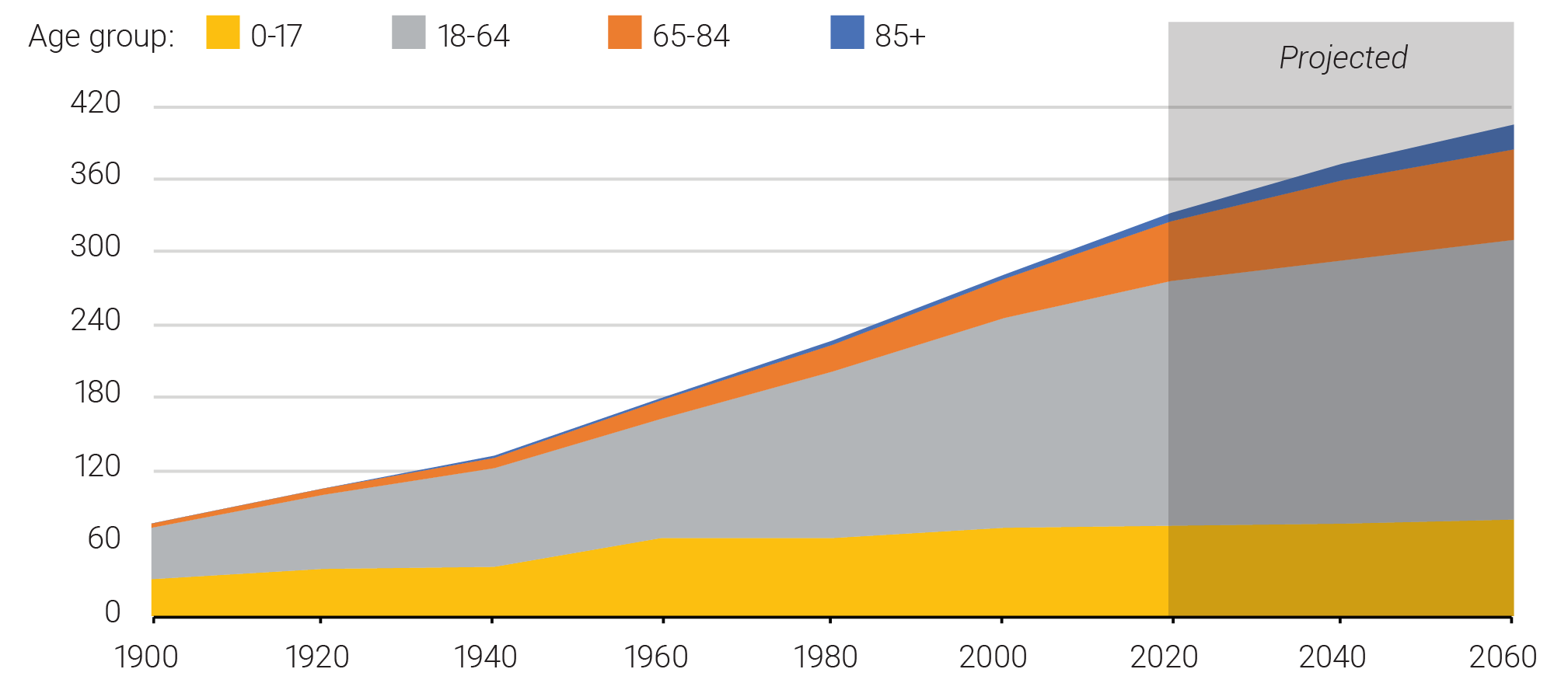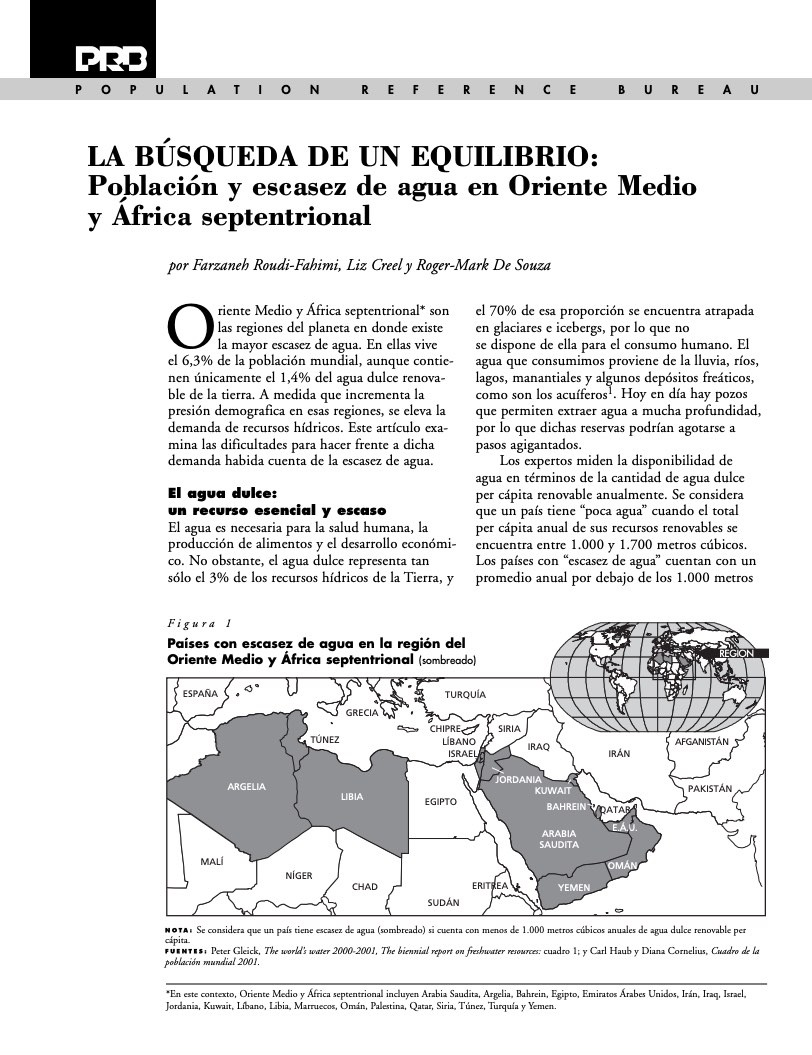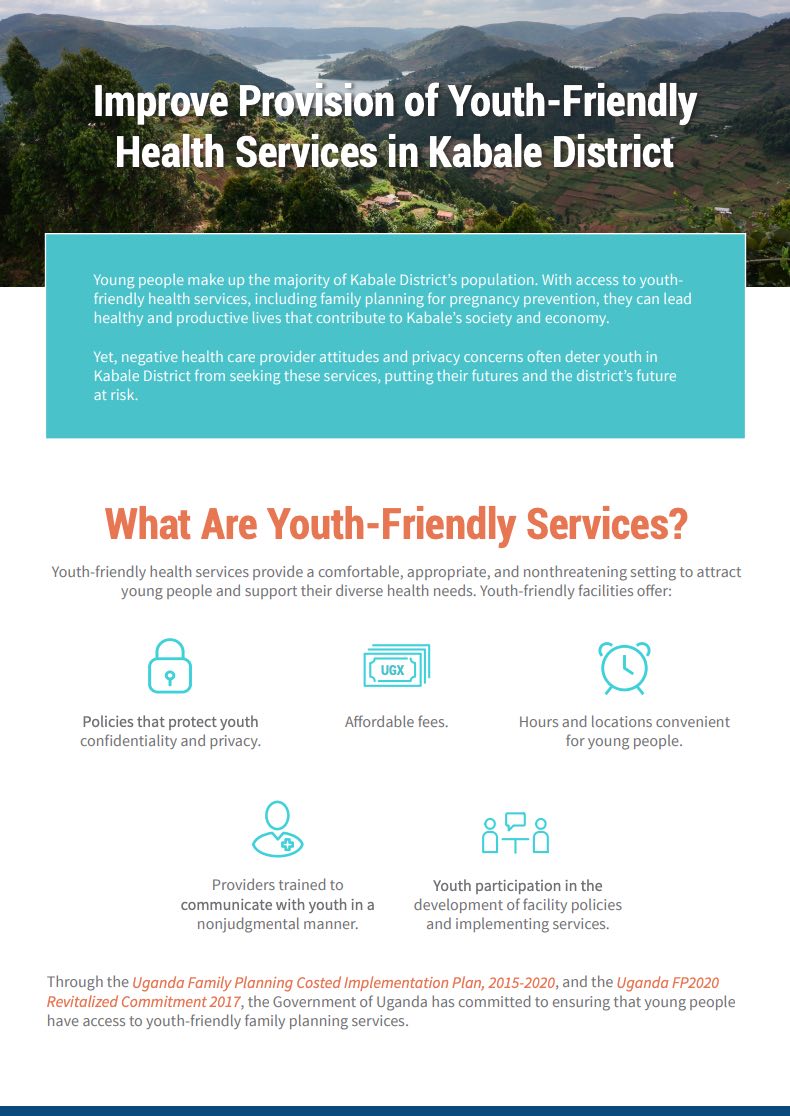The U.S. Population Is Growing Older, and the Gender Gap in Life Expectancy Is Narrowing
The current growth of the population ages 65 and older is unprecedented in U.S. history and has important implications for policymakers.

The current growth of the population ages 65 and older is unprecedented in U.S. history and has important implications for policymakers.
At the fractious Constitutional Convention in Philadelphia in 1787, America's founders conceived the idea of a national census to determine the number of representatives each state would send to Congress.

PRB produced a global interactive database and a series of regional policy reports and data sheets that highlight the importance of taking action now to address noncommunicable disease (NCD) risk factors among youth.

(2002) The Middle East and North Africa (MENA)* is the most water-scarce region of the world. Home to 6.3 percent of the world's population, the region contains only 1.4 percent of the world's renewable fresh water.
(2010) Over the past several decades, Latinos have made up an increasing share of the U.S. population.
(2010) Tanzania is one of the world's poorest countries, with a 2008 annual per capita income of just $1,263, and nearly 90 percent of the population living on less than $1.25 per day.1 Maternal, infant, and childhood mortality—important indicators of overall socioeconomic conditions—are high, even for East Africa.
The Population Reference Bureau's 2010 World Population Data Sheet focuses on a rapidly aging world, highlighting many countries' pressures to care for their elderly citizens.

Project: Empowering Evidence-Driven Advocacy
Young people make up the majority of Kabale District’s population. With access to youth-friendly health services, including family planning for pregnancy prevention, they can lead healthy and productive lives that contribute to Kabale’s society and economy.

(2014) Countries around the world are paying more attention to inequality as an indicator of social and economic well-being.